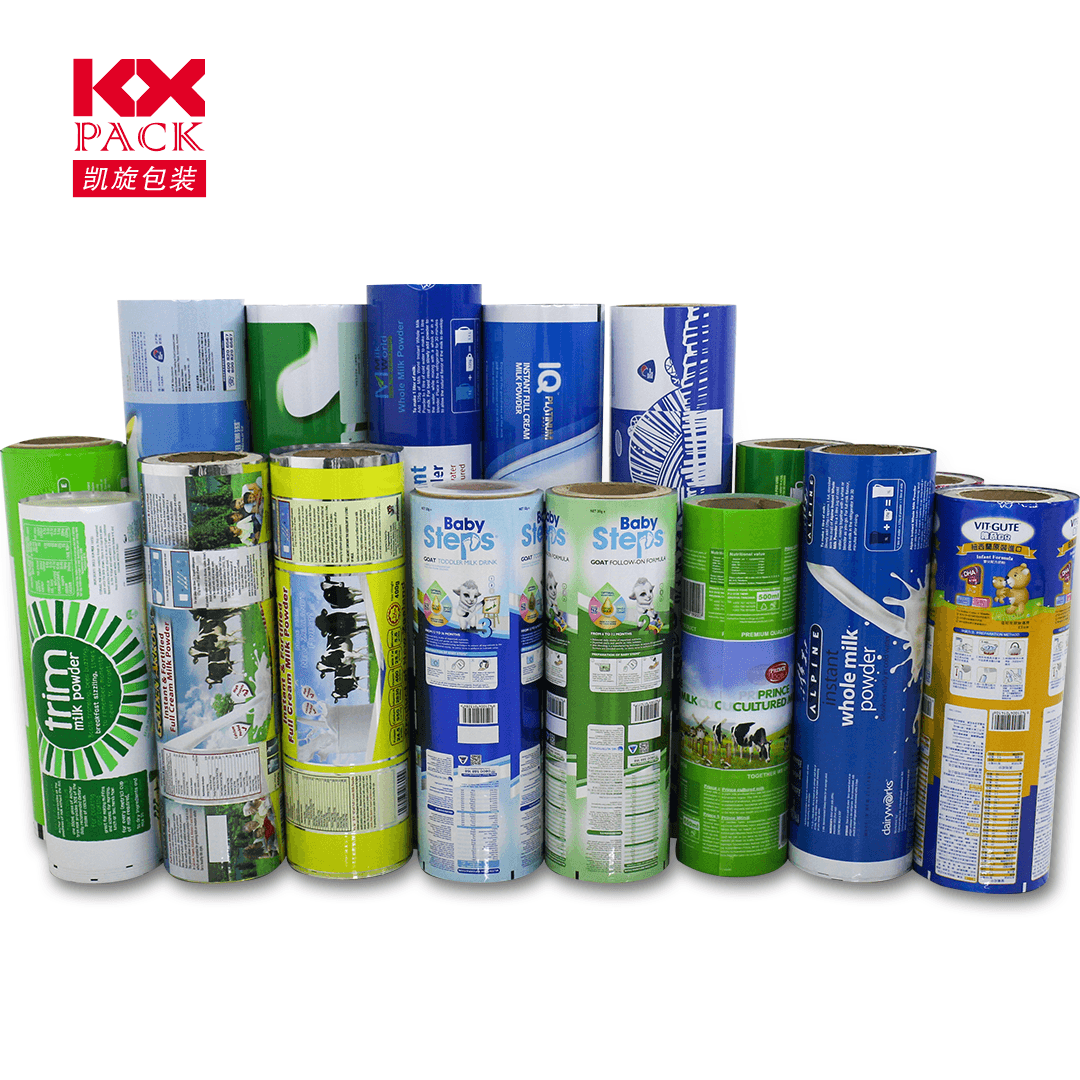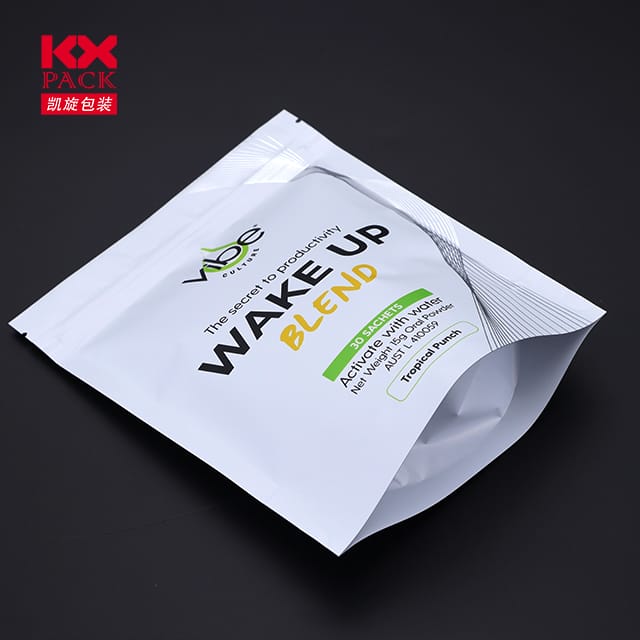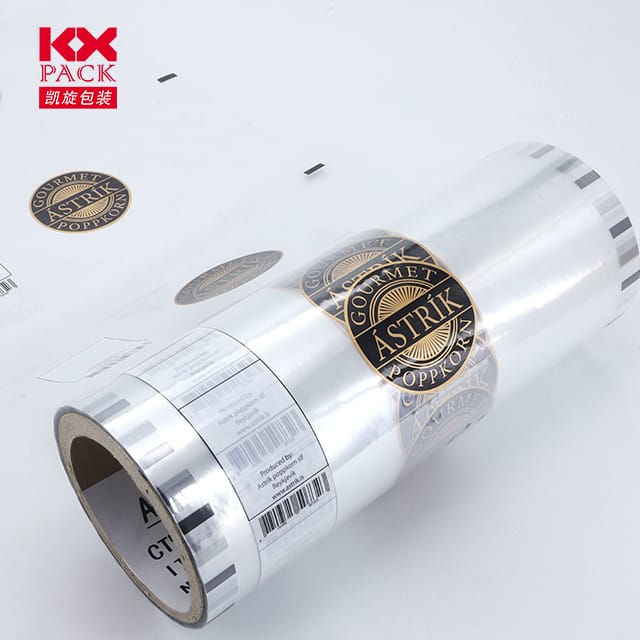Zkoumání rozmanitého světa typů flexibilních obalových filmů: Komplexní průvodce
Flexibilní typy balení filmů
In today’s fast-paced consumer market, flexible packaging films have become indispensable for preserving freshness, prodloužení trvanlivosti, a posílení přitažlivosti produktu. Od občerstvení a nápojů po léčiva a elektroniku, Tyto všestranné materiály se přizpůsobují nesčetným aplikacím. Ale s tolika dostupnými možnostmi, Jak si vyberete správný typ pro své potřeby? Let’s dive into the most commonflexible packaging film types, their properties, and ideal use cases.
1. Polyethylen (PE) Films: The All-Purpose Champion
Polyethylene is one of the most widely used materials in flexible packaging due to its affordability, flexibilita, and moisture resistance. It comes in three primary variants:
- Low-Density Polyethylene (LDPE): Soft and transparent, LDPE is perfect for food bags, shrink wrap, and lightweight packaging.
- High-Density Polyethylene (HDPE): Stronger and more rigid, HDPE is ideal for heavy-duty applications like grocery bags, detergent pouches, and industrial liners.(Flexibilní typy balení filmů)
- Linear Low-Density Polyethylene (LLDPE): Combines the best of both worlds with enhanced puncture resistance and stretchability, making it great for frozen foods and agricultural films.
Best for: Everyday consumer goods, fresh produce, and moisture-sensitive products.
2. Polypropylene (PP) Films: Clarity and Strength Combined
Polypropylene films are known for their excellent optical clarity, heat resistance, and barrier properties. They come in two main forms:
- Biaxiálně orientovaný polypropylen (BOPP): This stretchable, glossy film is a top choice for snack packaging, labels, and laminates due to its high tensile strength and printability.
- Cast Polypropylene (CPP): Softer and more heat-sealable than BOPP, CPP is often used in food wrappers, medical packaging, and textile coatings.
Best for: High-visibility packaging, microwaveable foods, and products requiring a premium look.
3. Polyester (PET) Films: Durable and Barrier-Enhanced
Polyester films, particularlybiaxiálně orientovaný polyethylen tereftalát (Dejte si pozor), offer exceptional strength, chemická odolnost, and gas barrier properties. They’re often laminated with other materials to create multi-layer structures.
Key features:
- Vysoká pevnost v tahu
- Resistance to oils, acids, and UV light
- Excellent oxygen and moisture barrier when combined with coatings or aluminum foil
Best for: Beverage bottles, coffee packaging, elektronika, and pharmaceuticals.
4. Polyamide (Nylon) Films: Flexibility Meets Puncture Resistance
Polyamide films, jako napřnylon 6 or nylon 6,6, are prized for their toughness and ability to withstand repeated flexing without tearing. They’re frequently used in vacuum packaging and retort pouches (for sterilized foods).
Key features:
- High puncture resistance
- Excellent oxygen barrier properties
- Heat-resistant for retort processes
Best for: Meat packaging, cheese, ready-to-eat meals, and medical devices.
5. Aluminum Foil Laminates: Ultimate Barrier Protection
When ultimate protection against light, kyslík, and moisture is required, aluminum foil is laminated with other films (NAPŘ., PE, PET, or PP). This creates a lightweight yet impermeable barrier.
Key features:
- 100% opacity (blocks light)
- Superior gas and aroma barrier
- Heat-sealable for airtight packaging
Best for: Coffee, spices, léčiva, and sensitive electronics.
6. Biodegradable and Compostable Films: Eco-Friendly Alternatives
With sustainability in focus, biodegradable films made fromKyselina polylaktická (CHKO), starch blends, nebocellulose-based materials are gaining traction. These films break down naturally under specific conditions, reducing plastic waste.
Key considerations:
- Check certification standards (NAPŘ., OK Compost, ASTM D6400).
- Performance may vary in terms of strength and barrier properties.
Best for: Single-use packaging, organic foods, and eco-conscious brands.
How to Choose the Right Flexible Packaging Film
- Assess product needs: Consider factors like shelf life, sensitivity to light/oxygen, and required durability.
- Evaluate environmental goals: Opt for recyclable, biologicky rozložitelné, or compostable options if sustainability is a priority.
- Review manufacturing processes: Some films require specialized equipment for sealing or printing.
- Test performance: Conduct trials to ensure the film meets your quality standards under real-world conditions.
Poslední myšlenky
The world offlexible packaging film types is vast, but understanding the strengths of each material can help you make informed decisions that balance cost, performance, a udržitelnost. Whether you’re packaging a crunchy snack or a delicate medical device, there’s a film designed to meet your exact requirements.
What’s your biggest challenge when selecting packaging films? Share your thoughts in the comments below! 🌍📦
Keywords: flexible packaging film types, polyethylene film, polypropylene film, PET film, biodegradable packaging







